London travel guide
Architecture
London’s position as the centre of the world for so many years has played itself out very interestingly on the streetscape and skyline. The city’s status as a design capital is visible everywhere: the street signs, the Underground stations and the incredibly diverse architecture.
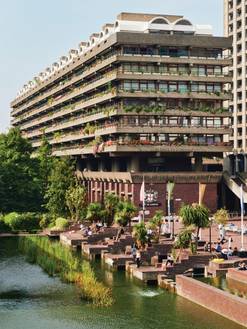
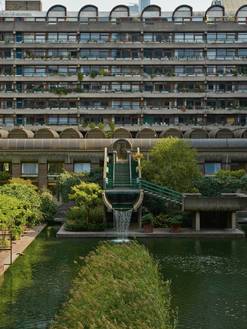
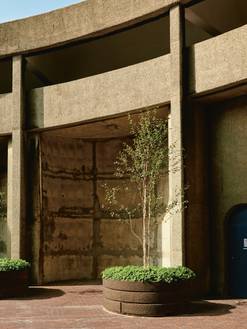
Barbican, City of London
The act of rebuilding London after the Second World War saw many great developments spring up but none quite so fine as the Barbican. The complex – which includes residences, schools, a museum and an arts centre – took 20 years to build across the 1960s and 1970s and was masterminded by architects Chamberlin, Powell & Bon, who also designed the Golden Lane Estate next door (equally worth a look around). The Barbican is one of the most successful examples of brutalism; perhaps no surprise bearing in mind it took the architects seven drafts to come up with the final vision (at one point a glass pyramid was mooted). Design-minded visitors should also pay attention to its branding, courtesy of London agency Studio North, and book in for one of the regular tours to properly discover what makes this development so unique.
Silk Street, EC2Y 8DS
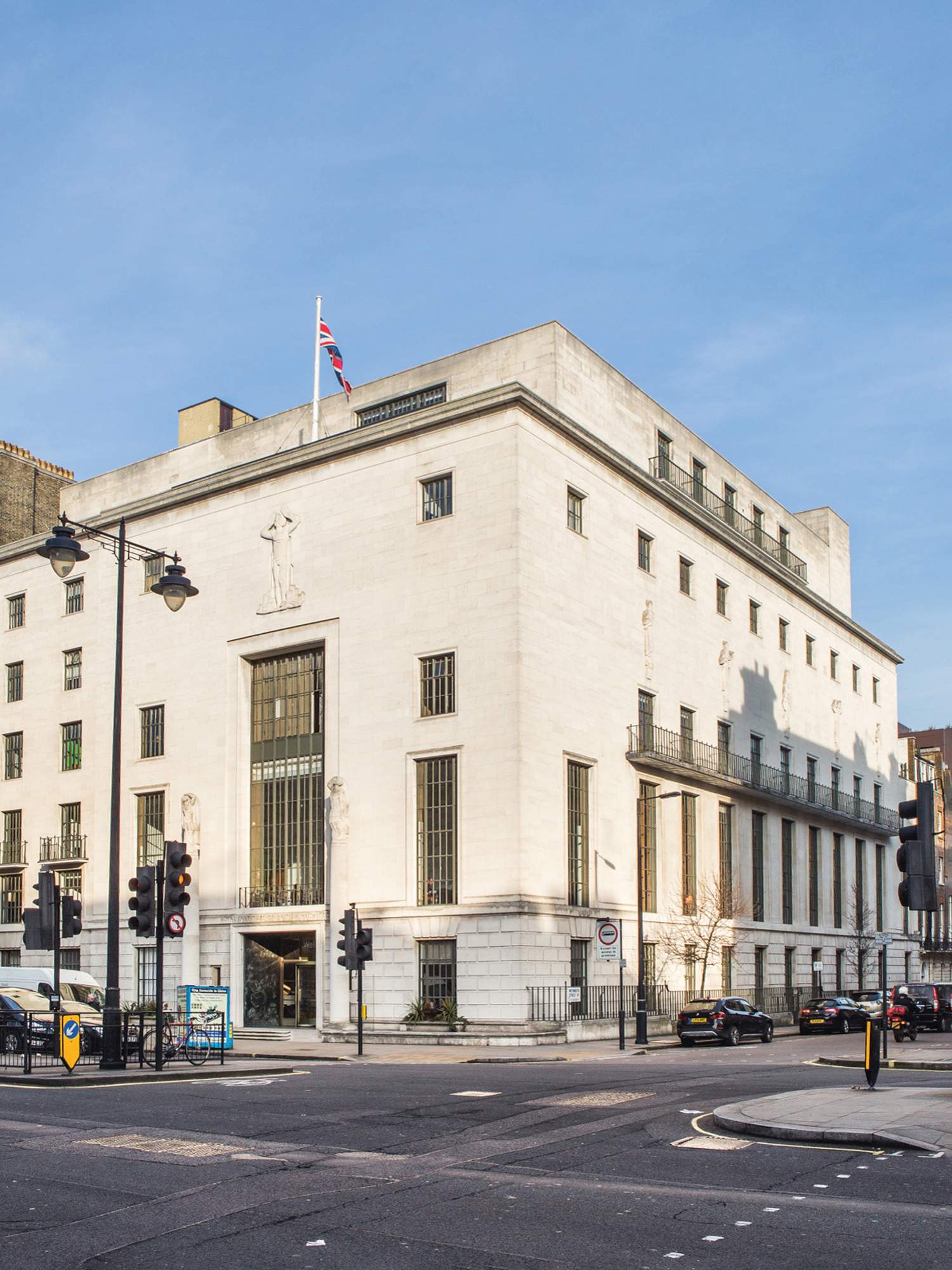
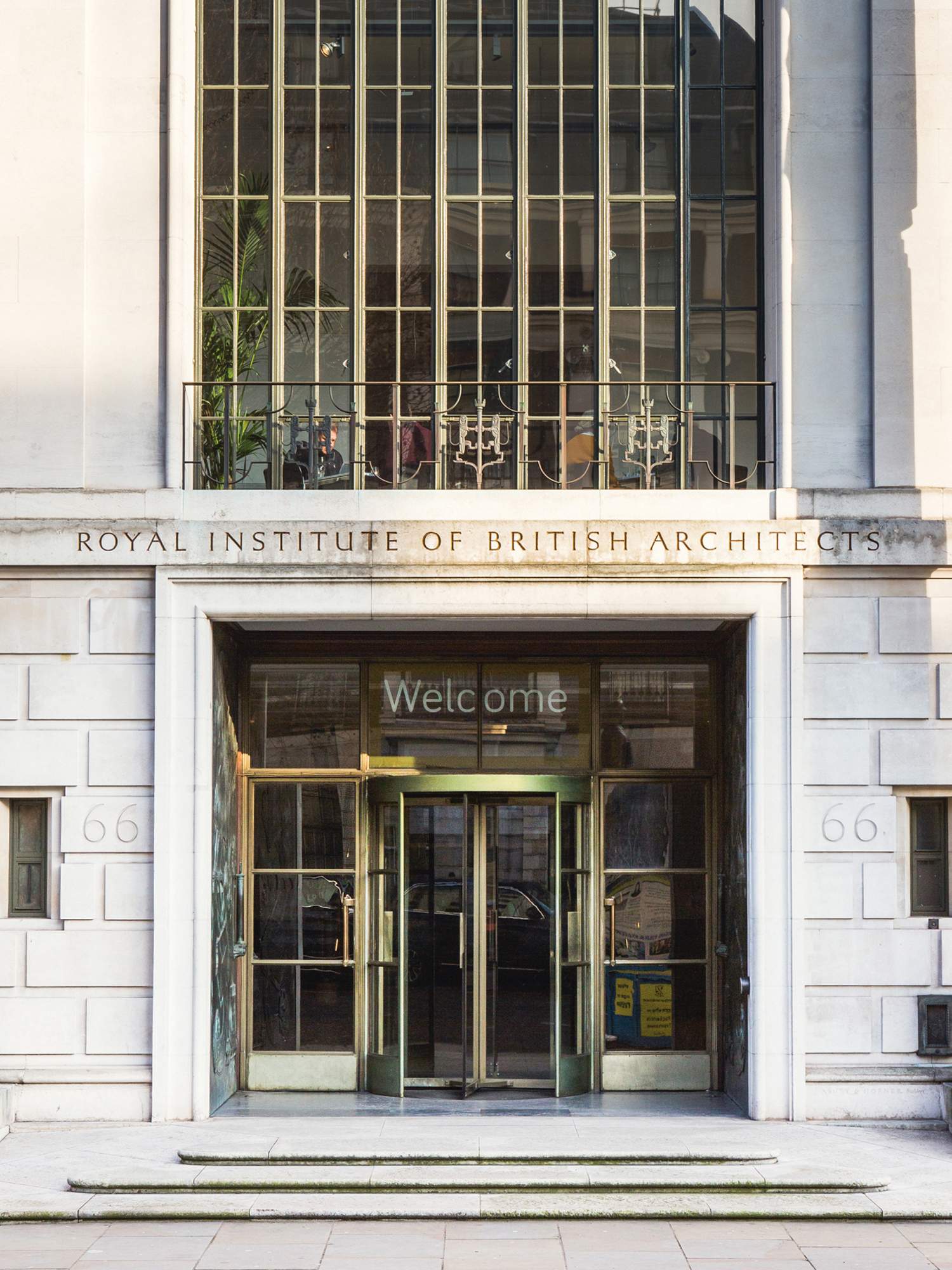
Riba building, Fitzrovia
The home of the Royal Institute of British Architects (Riba) on 66 Portland Place was completed in 1934 after a competition to mark the organisation’s 100th anniversary. The winning entrant was George Grey Wornum’s modernist-meets-classically inspired design. This building is decorated with stylised sculptures and frescoes and is a much-loved landmark in this part of town. The boxy and extravagant exterior belies an interior that is high in art deco charm.
66 Portland Place, W1B 1AD
+44 (0)20 7307 5355
ribavenues.com
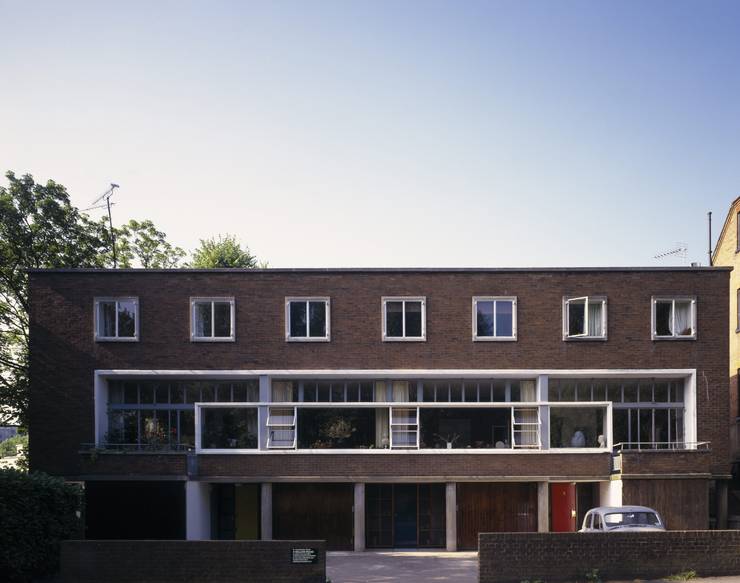
2 Willow Road, Hampstead
In 1939 Hungarian-born architect Ernö Goldfinger moved into his new home at 2 Willow Road, just off Hampstead Heath. Goldfinger designed the interior and most of the furniture himself. The property, which was bequeathed to the National Trust in 1995, contains much of the architect’s art collection, including works by Duchamp, Henry Moore and Bridget Riley. The style of the house, which is residential but unashamedly modernist, is said to have caused outrage among local residents, including the writer of the James Bond series Ian Fleming. It’s perhaps no coincidence that Fleming went on to give his neighbour’s name to one of his most well-known villains.
nationaltrust.org.uk
Images: Ben Quinton, Andrew Urwin, Alamy

